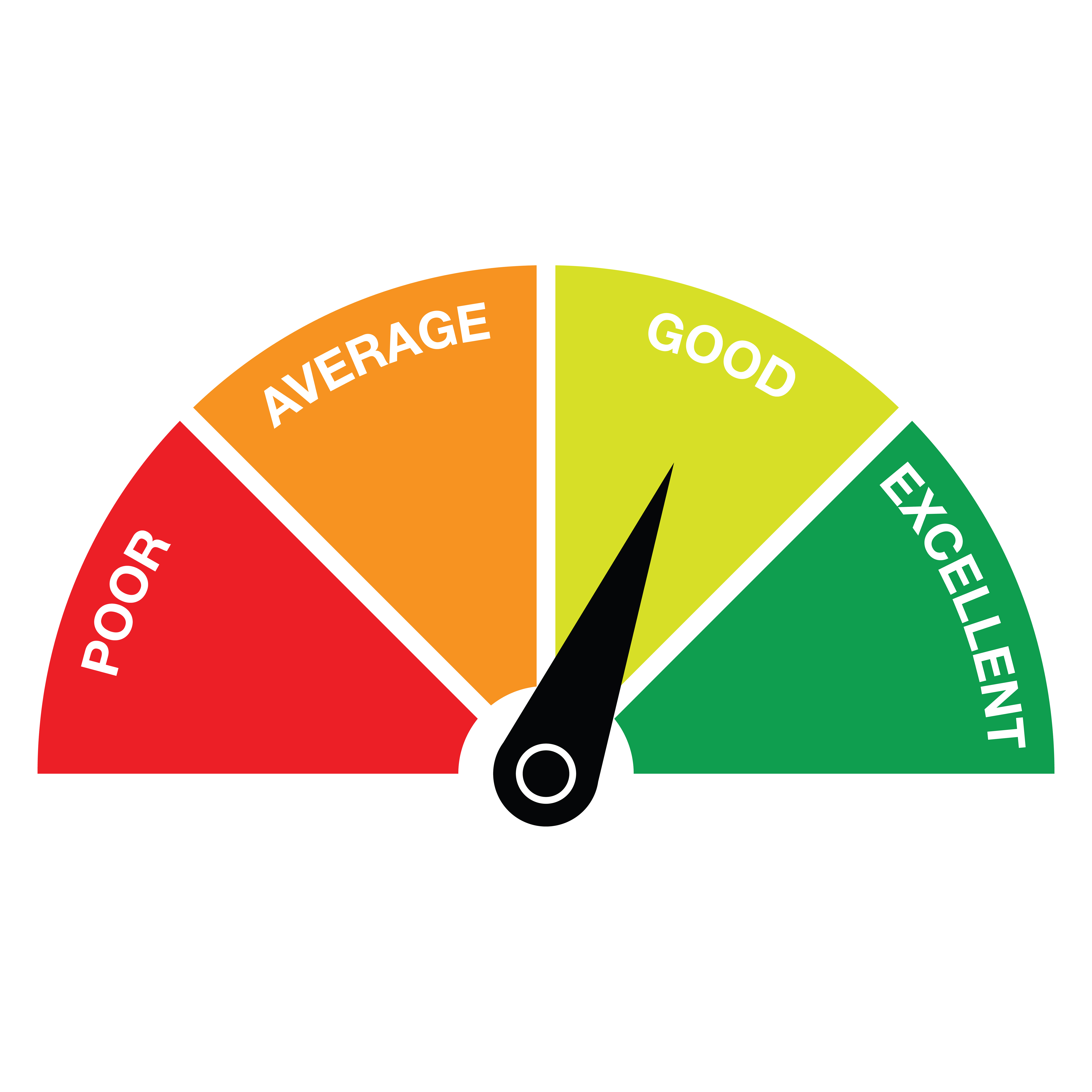

Most commercial insurances refer to the AASM standards which includes apneas, hypopneas or RERAs. Medicare defines RDI as the average number of apneas and hypopneas (so it’s really the same as AHI), they do not include RERAs. Physicians who use this scale typically follow the same guidelines that are used for the apnea/hypopnea index (AHI). This is your combined number of apneas, hypopneas, and RERAs per hour of sleep. Therefore, many sleep centers and insurance companies are starting to recognize RERA as an indicator of the severity of disease. It is the repeated waking of your brain as a result of a respiratory disturbance lasting at least 10 seconds that causes the damage from sleep apnea, regardless of the type of event that is occurring or whether the breathing pause is a full pause or a partial pause. This means you’ve woken up even if you don’t realize it. (2) 30% reduction in airflow with 4% blood oxygen desaturationĪn event that causes an arousal or a decrease in oxygen saturation, without qualifying as an apnea or hypopnea.Īn arousal is when the sensors measuring your brain activity, called EEG, show that your brain waves change to alpha wave form. (1) 50% reduction in airflow with 3% blood oxygen desaturation

Two ways to calculate hypopneas (based on Medicare, see link in sources):

Obstructive apnea: Meets the criteria of an apnea (above) and continued or increased effort to breathe is noted (the effort is due to an obstruction of the airway, learn more here).Apnea: There is a drop in the signals shown above of at least 90% for at least 10 seconds.This is the part of the process where a technician reviews the data that is recorded from your overnight sleep study. This criteria is used for scoring a sleep study. The figure below shows how the sensors used during a sleep study measure your breathing. What is an apnea?Īn apnea is when your breathing stops for at least ten seconds while sleeping. It is most often used to determine the severity of a person’s sleep apnea. It’s the average number of combined apneas and hypopneas per hour.


 0 kommentar(er)
0 kommentar(er)
